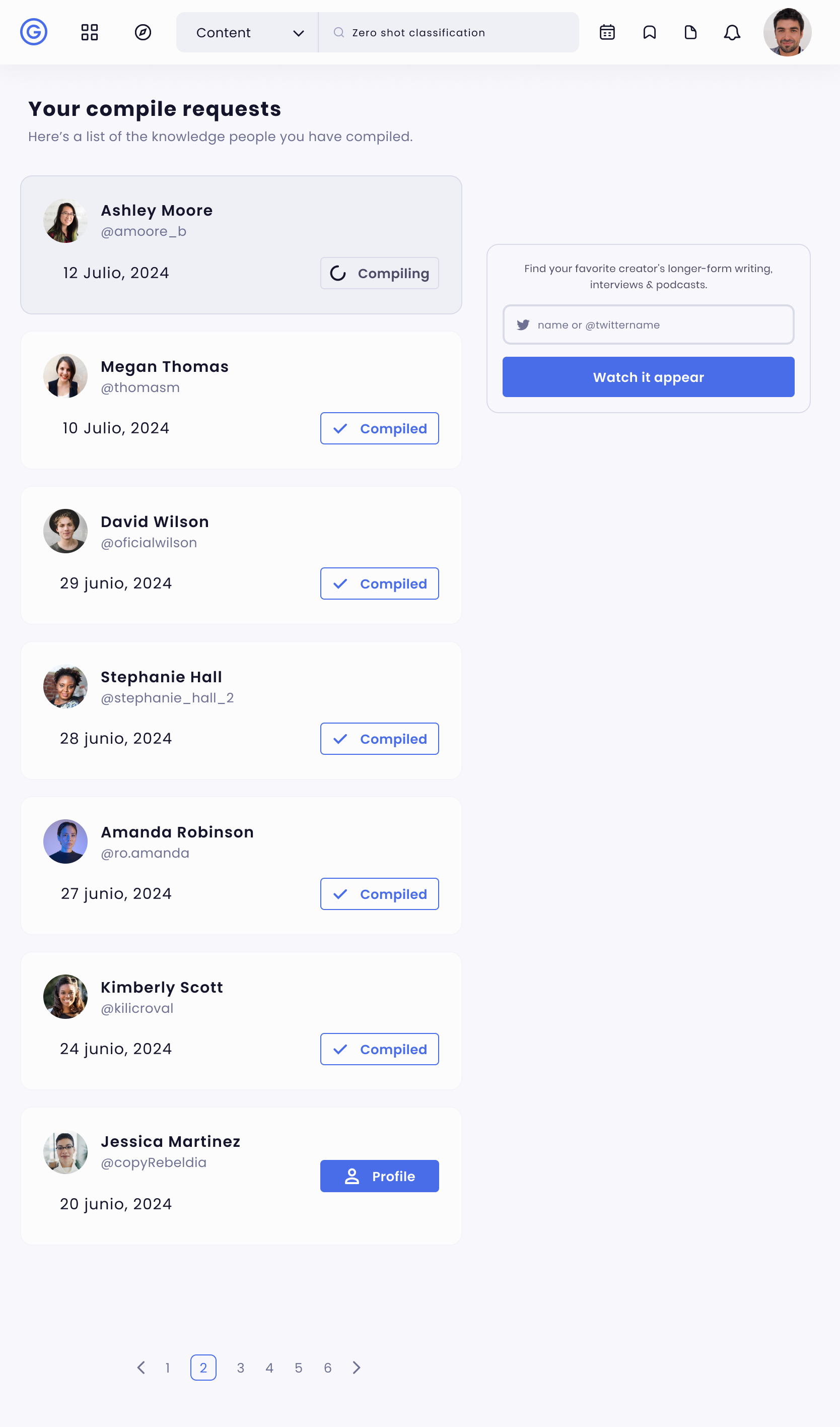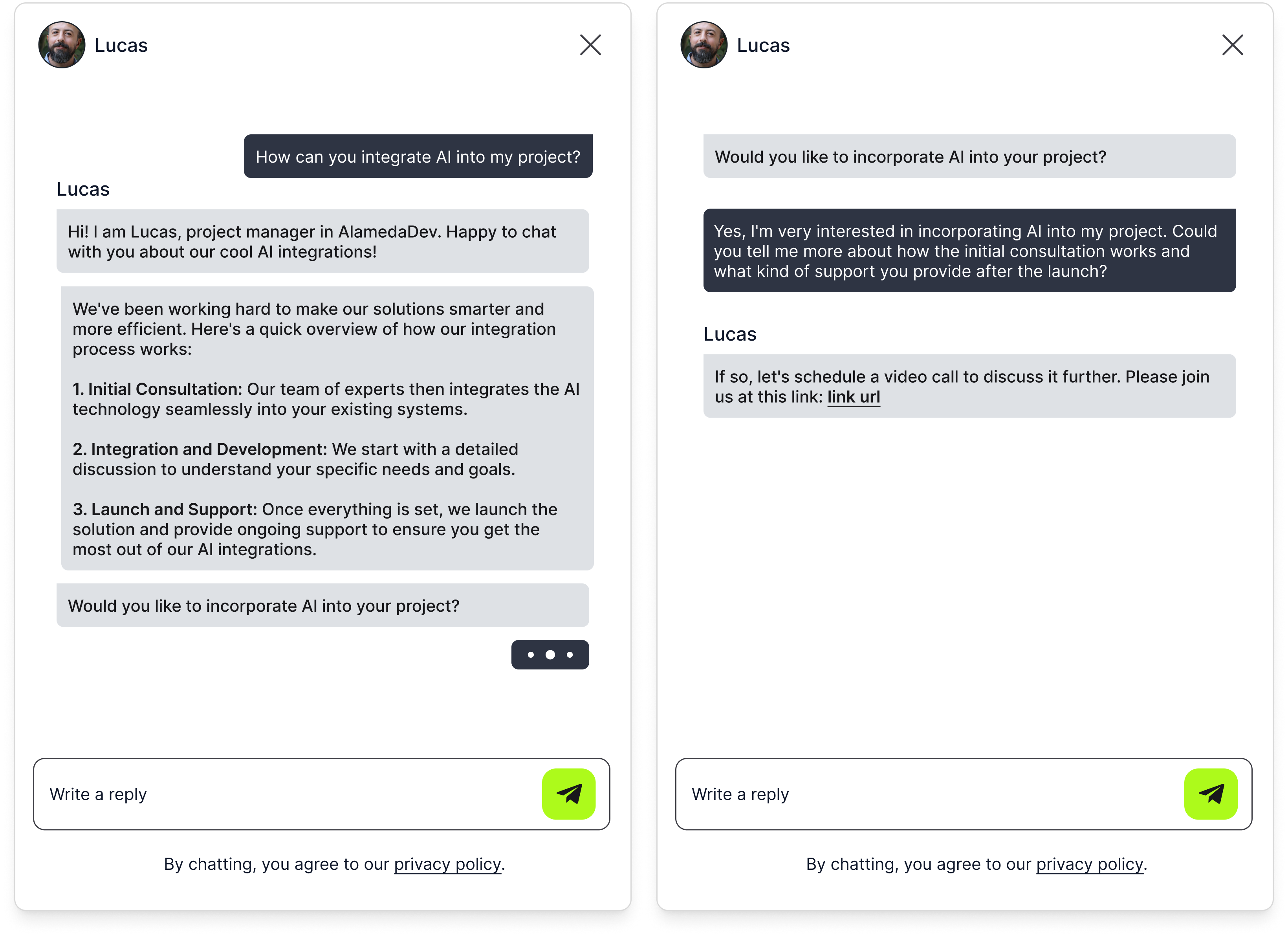Diagnostics with Multi-Agent AI Systems
Introduction
A private healthcare provider sought to optimize diagnostic workflows using AI-driven solutions. Managing high patient volumes while ensuring timely detection of complex cases posed significant operational challenges that traditional systems struggled to address. By leveraging multi-agent AI, the provider aimed to enhance diagnostic accuracy, reduce physician workload, and improve interdisciplinary collaboration.
Existing System Limitations
Diagnostic Accuracy
Traditional single-stage AI tools lack the ability to handle complex cases requiring multi-specialty collaboration, leading to limited reliability in nuanced diagnoses.
Consultation Times
Physicians face extended consultation durations due to manual data review, impacting efficiency and overall patient experience.
Resource Allocation
Legacy diagnostic systems lack adaptive resource distribution, making it difficult to dynamically assign specialists based on evolving patient needs.
Incoming Patient Data
Raw medical records and test results arrive for processing
Manual Review & Transcription
Medical professionals manually review and input data into systems
Potential Errors & Delays
Human errors and time-consuming processes lead to inaccuracies
Inconsistent Diagnosis Reports
Varied interpretations result in inconsistent patient diagnoses
Technical Overview
To address these challenges, we collaborated with the client to develop a proof of concept for a multi-agent AI system, exploring its feasibility and benefits in medical diagnostics.
Key Components
AI Doctor Agent
Conducts initial consultations, collects symptoms, and generates preliminary diagnoses before engaging specialist agents when necessary.
Specialist Agents
Simulated domain-specific specialists (e.g., cardiology, neurology) refine initial diagnoses and provide second opinions based on specialized knowledge.
Dispute Resolution Mechanism
Facilitates consensus-building among AI agents when conflicting diagnoses arise, ensuring robust and reliable recommendations.
Scalable Architecture
Designed to incorporate additional AI agents and adapt to emerging medical specialties as needed.
Concept Development & Scoping
Identified key challenges and defined project scope.
Established objectives, including enhancing diagnostic accuracy and improving consultation efficiency.
Data Preparation
Sourced patient records and relevant medical literature.
Generated synthetic datasets to simulate complex diagnostic cases.
Core System Features
Developed specialized agents utilizing machine learning models tailored for diagnostic roles such as symptom analysis, anomaly detection, and treatment recommendation.
Implemented NLP models to analyze patient records and doctor notes, enabling context-aware interpretations.
Optimized agent interactions using Reinforcement Learning (RL), allowing them to refine decision-making strategies through iterative feedback loops.
Built a robust API layer to ensure seamless communication between AI agents, supporting real-time data exchange and collaborative decision-making.
Integrated explainability mechanisms using SHAP (Shapley Additive Explanations) to enhance physician trust in AI-generated diagnoses.
Designed an intuitive, role-specific user interface ensuring minimal cognitive load for medical professionals, with clear dashboards, real-time case updates, and smooth navigation.
Simulation & Testing
Evaluated system performance in controlled clinical environments.
Assessed diagnostic accuracy, interaction quality, and decision-making efficiency.
Refined the system iteratively based on expert feedback and real-world test results.
Evaluation & Feedback
Measured diagnostic accuracy through precision-recall analysis.
Tracked consultation time reduction compared to baseline physician workflows.
Conducted qualitative assessments on physician trust in AI recommendations.
Identified areas for further optimization and potential real-world deployment.
Results
Achieved a 23% reduction in consultation times, improving patient throughput without compromising diagnostic accuracy.
Increased diagnostic agreement rates by 18% through multi-agent collaboration, reducing inconsistencies in specialist recommendations.
Enhanced physician trust in AI-generated recommendations, with 85% of doctors reporting improved workflow efficiency.
Identified 12% more complex cases requiring additional specialist intervention compared to traditional systems.
Next Steps
Implementing convolutional neural networks (CNNs) to analyze medical images, enabling AI-assisted radiology and pathology assessments.
Further refining NLP models to interpret complex medical histories and improve diagnostic recommendations.
Other Applications
The multi-agent AI system developed for medical diagnostics can be adapted to various industries and use cases.
Customer Support
Enhancing multi-department interactions for efficient query resolution.
Financial Advisory
Providing comprehensive investment and financial planning advice.
Education
Powering interactive AI tutors for personalized learning experiences.
Other Projects.
Text and Data Analysis
Extracts entities and topics from documents, categorizing them into a clear hierarchy. We leverage AI to generate targeted content, such as summaries, optimizing research processes and enhancing engagement across various sectors.
Entity Extraction
Topic Extraction
Text Classification
Summarization

AI-Powered Conversational Chatbot
We developed a conversational chatbot for a leading e-commerce company, capable of managing both text and voice queries with precision. The system was tailored to address specific topics, ensuring accurate and efficient responses.
Natural Language Processing
OCR
Document Parsing
